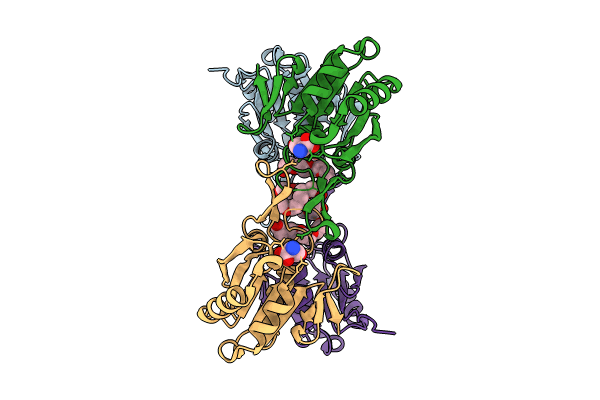
Deposition Date
2023-10-21
Release Date
2024-04-03
Last Version Date
2024-04-03
Entry Detail
PDB ID:
8UP8
Keywords:
Title:
Structure of atypical asparaginase from Rhodospirillum rubrum (mutant Y21F, complex with L-Asp)
Biological Source:
Source Organism:
Rhodospirillum rubrum ATCC 11170 (Taxon ID: 269796)
Host Organism:
Method Details:
Experimental Method:
Resolution:
1.90 Å
R-Value Free:
0.22
R-Value Work:
0.17
R-Value Observed:
0.17
Space Group:
P 21 21 21


